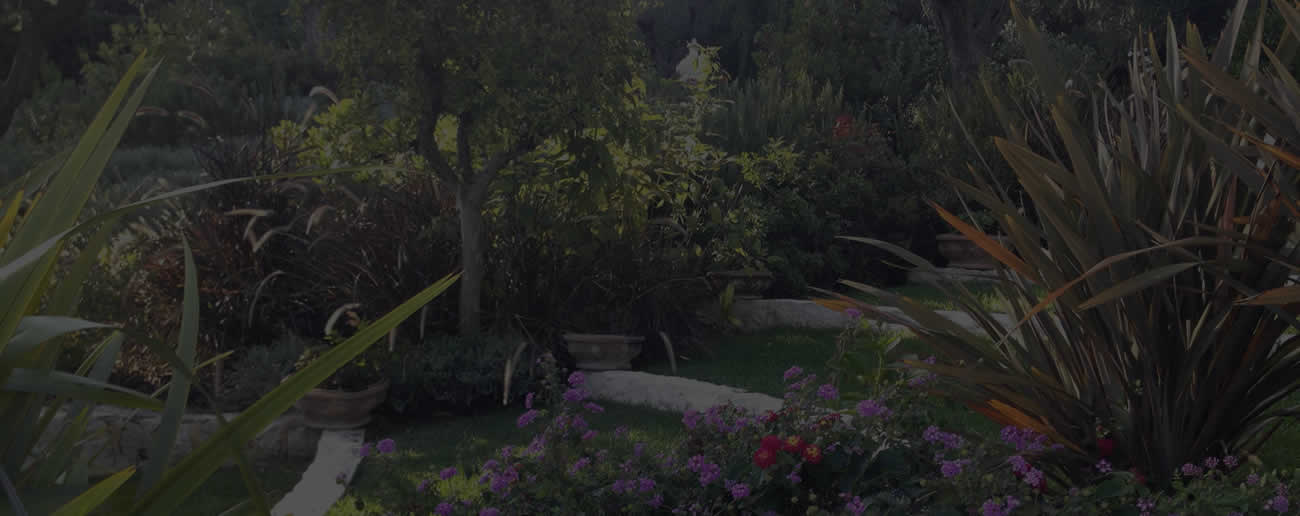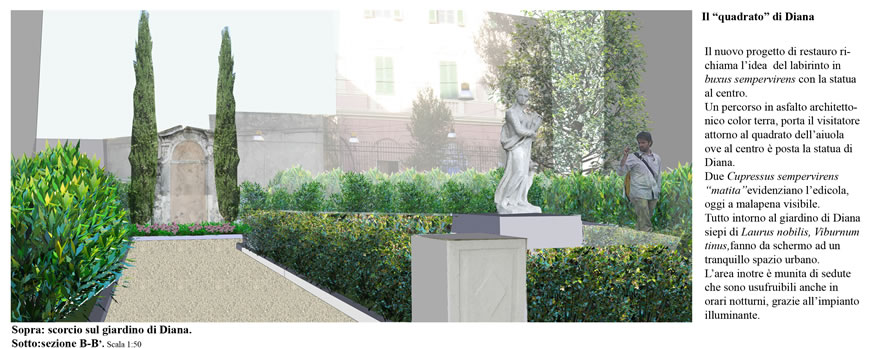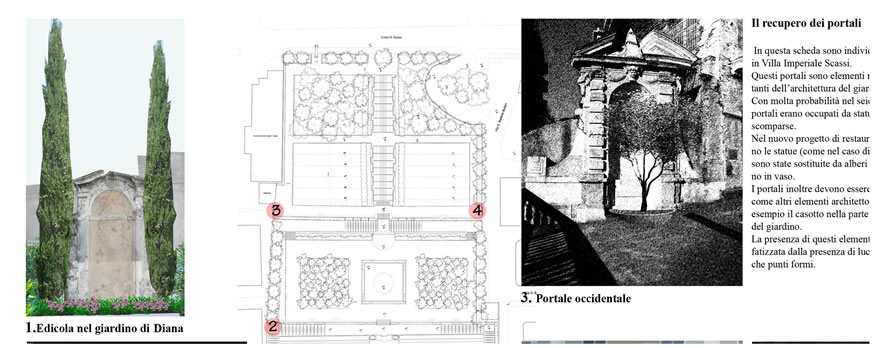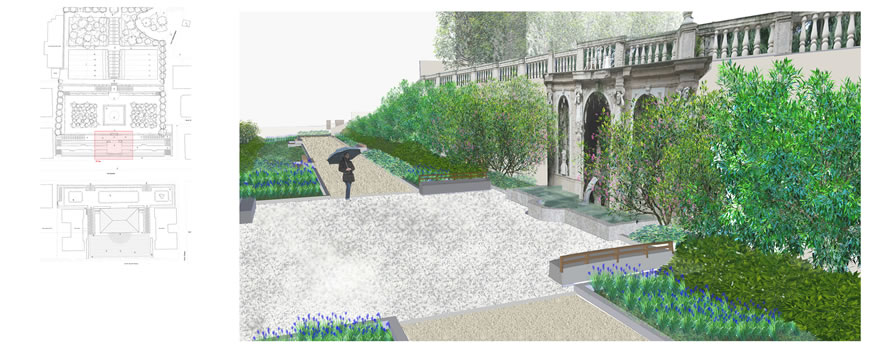In Italy and in the rest of Europe there are beautiful historical gardens. They represent a cultural heritage both from an architectural and plant point of view. They are real monuments for the whole community.
The restoration of a historical gardens requires several historical, architectural, botanical and social skills as well as the understanding of natural’s evolutions of that garden over time.
So, we need to work by following this procedure:
- Realize a survey of the condition of things related to all the parts of the garden: analysis of the vegetable and architectural component (like manufactured products, furniture, sculpture, paths, small lakes, pools, fountains, greenhouses and all the others “mineral” elements present in the garden).
- To carry out a research through historical researches and the examination of catalogues, documents and bibliography.
- To carry out an analysis of the current use of the garden made by the client or people and mediate the different needs of present with the structure of the garden of the past.
- To draw up a botanical census and an analysis related to what viewed.
- To draft a plan of preservative maintenance in order to highlight possible problems concerning stability, with the aim of creating a garden which is safe in each of its part.
After having realized all the necessary analysis we could go on with the realization of a graphic art of the project which will restore or recall the historical period of the restoration. The term restoration means and includes all the interventions made to bring the historical garden to a readability of his draw. These interventions will have the purpose of preserving the existing garden even if prone to further alterations of the original project. With this we mean all the interventions made to bring a portion or the whole garden to an arrangement corresponding to a particular historical period.
There are two possible interpretations toward this kind of intervention:
- Philological intervention – the total reconstruction of a historical garden, from the beginning, toward the use of techniques and materials from the age we refer to , to not meet with what is called a fabrication of history; this type of intervention is possible in case of loss of the entire area. This intervention requires the removal or modification of parts of the garden realized after a specific historical period, whereas, from a greenery point of view, the choice of essences will be made depending on the species present in that given period. The ultimate aim of that project is to create a garden which has the appearance it had in past, that means without the presence of modern elements.
- Redevelopment intervention – the restoration of a garden with the aim of achieving an environment which could not be defined historical but it will merely be a memory of a disappeared garden or the taste, always speaking of gardens, of a given age. This kind of intervention does not require the removal of modern elements, in fact it tries to integrate them in the environment giving the effect of a historical garden still frequented.
For both interpretations will be drawn graphic arts for the supervision and the realization of the project.
Once realized the garden it will be developed a plan of management and recurring and ordinary maintenance, in addition to the writing of the regulation concerning the same garden useful for further users.








